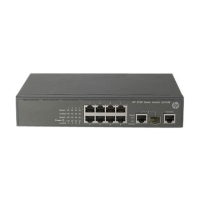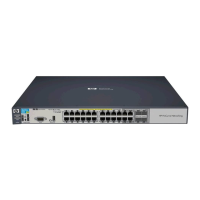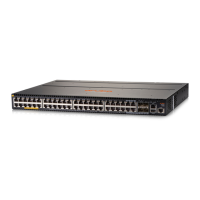310
[Device-pki-domain-1] certificate request from ra
[Device-pki-domain-1] certificate request entity en
[Device-pki-domain-1] quit
# Create the local RSA key pairs.
[Device] public-key local create rsa
# Retrieve the CA certificate.
[Device] pki retrieval-certificate ca domain 1
# Request a local certificate for Device.
[Device] pki request-certificate domain 1
# Create an SSL server policy named myssl.
[Device] ssl server-policy myssl
# Specify the PKI domain for the SSL server policy as 1.
[Device-ssl-server-policy-myssl] pki-domain 1
# Enable client authentication.
[Device-ssl-server-policy-myssl] client-verify enable
[Device-ssl-server-policy-myssl] quit
# Configure HTTPS service to use SSL server policy myssl.
[Device] ip https ssl-server-policy myssl
# Enable HTTPS service.
[Device] ip https enable
# Create a local user named usera, and set the password to 12 3 and service type to telnet.
[Device] local-user usera
[Device-luser-usera] password simple 123
[Device-luser-usera] service-type telnet
2. Configure the HTTPS client (Host)
On Host, launch IE, enter http://10.1.2.2/certsrv in the address bar and request a certificate for Host as
prompted.
3. Verify your configuration
Launch IE on the host, enter https://10.1.1.1 in the address bar, and select the certificate issued by the CA
server. The web interface of the switch should appear. After entering username usera and password 123 ,
you should be able to log in to the web interface to access and manage the switch.
NOTE:
• For more information about PKI configuration commands, see the chapter “PKI
configuration.”
• For more information about the public-key local create rsa command, see
Security Command
Reference
.
• For more information about HTTPS, see
Fundamentals Configuration Guide
.
Configuring an SSL client policy
An SSL client policy is a set of SSL parameters for a client to use when connecting to the server. An SSL
client policy takes effect only after it is associated with an application layer protocol.
